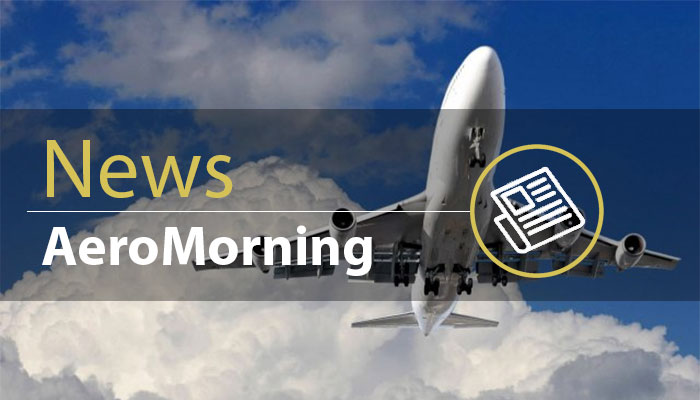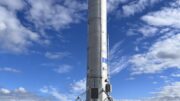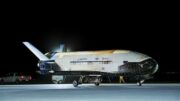Smile has passed its qualification and flight acceptance review, meaning that it meets all requirements for launch. The launch window has been set for 8 April to 7 May 2026.
The Solar Wind Magnetosphere Ionosphere Link Explorer (Smile) is a joint mission between the European Space Agency (ESA) and the Chinese Academy of Sciences (CAS). Using X-ray and UV cameras, as well as particle and magnetic field detectors, Smile will give humankind its first complete look at how Earth reacts to streams of particles and bursts of radiation from the Sun.
The latest milestone confirms that Smile has successfully completed its ten-month Assembly, Integration and Testing (AIT) phase, which lasted from November 2024 to September 2025 at ESA’s technical centre, ESTEC, in the Netherlands.
The mission is now ready for the launch preparation activities, with launch scheduled during the period 8 April to 7 May 2026, on a Vega-C rocket from Europe’s Spaceport in French Guiana. With many launches planned from Europe’s Spaceport next year, the logistics of launch campaigns require careful planning and launch windows. The launch day within the month-long window will be defined early next year.
“I’m very proud that the collaboration between our Chinese colleagues and our ESA teams has gone so well and that we’re on the right track to launch in spring 2026,” says ESA Director of Science Prof. Carole Mundell. “Building on the 24-year legacy of our Cluster mission, which ended science operations last year, Smile is the next big step in revealing how our planet’s magnetic shield protects us from the solar wind.”
Smile is due to leave ESTEC in February, heading to French Guiana by boat from the Port of Amsterdam. The boat trip will take 12 days. The final launch preparations will then begin.
Notes for editors
Smile (the Solar wind Magnetosphere Ionosphere Link Explorer) is a joint mission between the European Space Agency and the Chinese Academy of Sciences. Smile is due to launch on a European Vega-C rocket in spring 2026.
Smile is part of ESA’s Cosmic Vision programme, principally contributing to answering the question ‘How does the Solar System work?’
Europe’s Vega-C rocket can launch 2300 kg into space, such as small scientific and Earth observation spacecraft. At 35 m tall, Vega-C weighs 210 tonnes on the launch pad and reaches orbit with three solid-propellant-powered stages before the fourth liquid-propellant stage takes over for precise placement of satellites into their desired orbit around Earth. Complementing the Ariane family to launch all types of payloads into their desired orbits, Vega-C ensures that Europe has versatile and independent access to space. ESA leads the Vega-C programme, working with Avio as prime contractor and design authority.
https://www.esa.int/ESA_Multimedia/Videos
Source: ESA Newsroom and Media Relations









Be the first to comment on "Smile approved for launch in spring 2026"